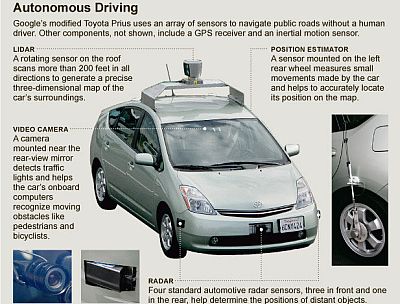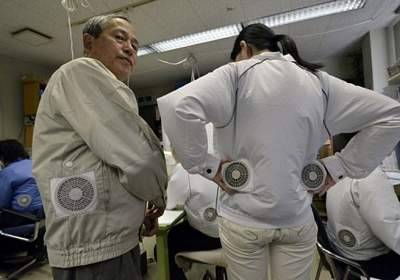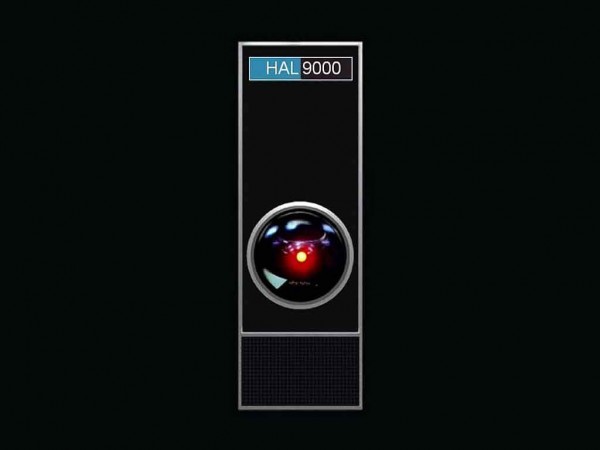3. The Air-Conditioned Suit
Imagine the cooling of the AC, but while being outdoors. The AC was first developed in 1952, but its biggest drawback was that it cooled the indoors and people had to stay indoors to avoid the sweltering heat outside. So being able to say, take a walk while listening to your favorite tunes while still being air-conditioned in the hot summers is definitely going to be a mouth watering idea.
In 1953, a journalist predicted that in the future, people will have suits with built in air conditioning units to keep them cool in the summers and warm in the winters, thus eliminating the need for large wardrobes (what?!, exclaimed the fashion enthusiast). He wrote, “When one traveled he would simply tuck a couple of pair of socks in the pockets of his all-weather suit, set the thermostat for 68 degrees and depart.” The idea did come into physical form but the attire, a wearable air conditioner with water filled coils to provide cooling via chemical reactions, never made it to the clothing racks, possibly because of the weight and/or the power use of such a thing. The closest was a Japanese company that designed a shirt that contains a fan powered by a usb port. Nonetheless, it remains a futuristic endeavor.
2. Atomic Powered Homes
In 1955, Robert E. Ferry, general manager of the Institute of Boiler and Radiator Manufacturers, predicted that individual homes would be heated and cooled by small reactors within three to six years. The system he envisioned would use a portable reactor two times the size of a car battery and predicted the cost to be around 1,500 dollars. The owner would be able to adjust the temperature pf the reactor and the boiler would not only cool or warm the house according to the weather, but would also provide hot water and melt the snow from driveways; all that without increasing the price of utility bills. The only thing that prevented this dream to form was an inadequate supply of fissionable materials.
1. A Computer That’s Smarter Than a Human
HAL 9000, the ultimate fantasy of mankind, a computer that is as smart as a human and flawless unlike one. Kubrick wasn’t the only one who showed his fantasy on screen. The entire Terminator franchise is based on the idea of machines being smarter than humans, although they go rogue and take over the world but are still defeated by the pesky humans, but still, the concept is appealing. According to Kubrick, the year of this fantasy’s real world occurrence would be 2001, but when the year actually happened, the idea was still infused more in fiction than in reality. According to a 2005 essay, a computer would need to be capable of performing 10 quadrillion calculations per second if it were to come close to achieving brain like capabilities, a feat Kurzweil, author of the essay, believed achievable by 2020. But some circles still reserve doubts and wonder whether machines will ever be able to even estimate human intelligence. Also, neuroscientists are still far from understanding the full complexities of the human brain to be able to duplicate its functions. According to Microsoft co-founder Paul Allen, “You can not create artificial intelligence unless you know how the real thing works.”
Nonetheless, the prospect of HAL 9000 is too grave for me to consider it a fantasy. I’d rather make mistakes than have a computer as HAL or any machine from the Terminator. But that’s just one man’s opinion.
Take a look at this scene of the creepy as f**k, HAL 9000.
[youtube]http://www.youtube.com/watch?v=HwBmPiOmEGQ[/youtube]





